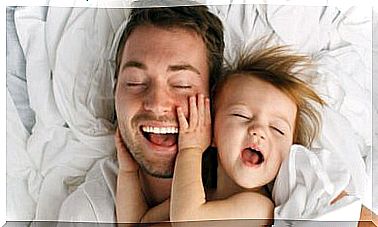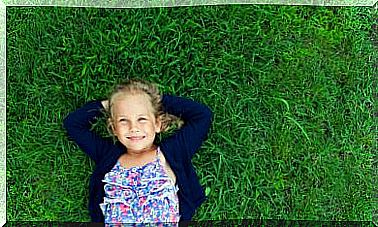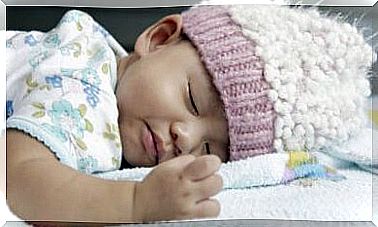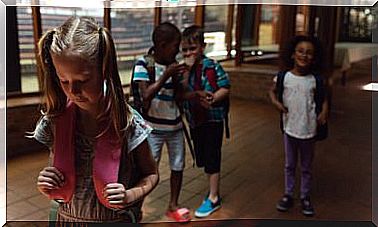The Cry Of A Teenager In The Doctor’s Office: A Way Of Expression

It is not uncommon when we accompany a son, grandson or nephew who is in the adolescent stage to burst into tears in the medical consultation, suddenly and almost without reason. Whether it is seeing his weight on the scale or a question that seems to make him uncomfortable can start the process in which the eyes get wet and the adolescent, thus, begins to cry.
Is the cry of a teenager in the doctor’s office something good, inappropriate, or synonymous with exaggerated sensitivity?
The answer to the previous question is not, nor can it be, only one, but it is better to resort to ‘it depends’. What does it depend on, you may be wondering by now? Of many different factors. From what or what are the reasons why an adolescent attends the medical visit, if it is for a routine check-up or for a health ailment …
Whatever the reason, a priori it could be said that for the adolescent to cry in the consultation, there must be fertile ground to do so. But, in addition, that the interlocutor, in this case the health professional, in addition to a question, has created a scenario in which the expression of feelings is possible.

The emotional availability of parents is sometimes helpful for adolescents to display their emotions. However, it can also be present when emotional manifestations are being blocked in the family. In this case, it seems that the adolescent finds a channel through which to channel feelings.
The role of emotions in decision making
Much progress has been made in recent times regarding the role that emotions play in reasoning and decision-making. Thus, the philosopher Martha Nussbaum emphasizes that emotions are not mere companions of cognitive processes, but rather the “fabric in the construction of moral knowledge”.
Highlights
- Although the expression of feelings is important, it is essential that when it occurs in the context of a medical consultation, the health professional has the necessary time to pay due attention to these emotional manifestations.
- Identifying whether they respond to a panic attack, which will require additional consultations or closer monitoring, represents another important element.
Child crying in the consultation: does it precede or foreshadow the cry of an adolescent in the medical consultation?
Not necessarily a ‘crying’ child in the pediatric consultation will continue to do so in adolescence since, in general, it is usual and even expected for a child to cry in the first years of life.
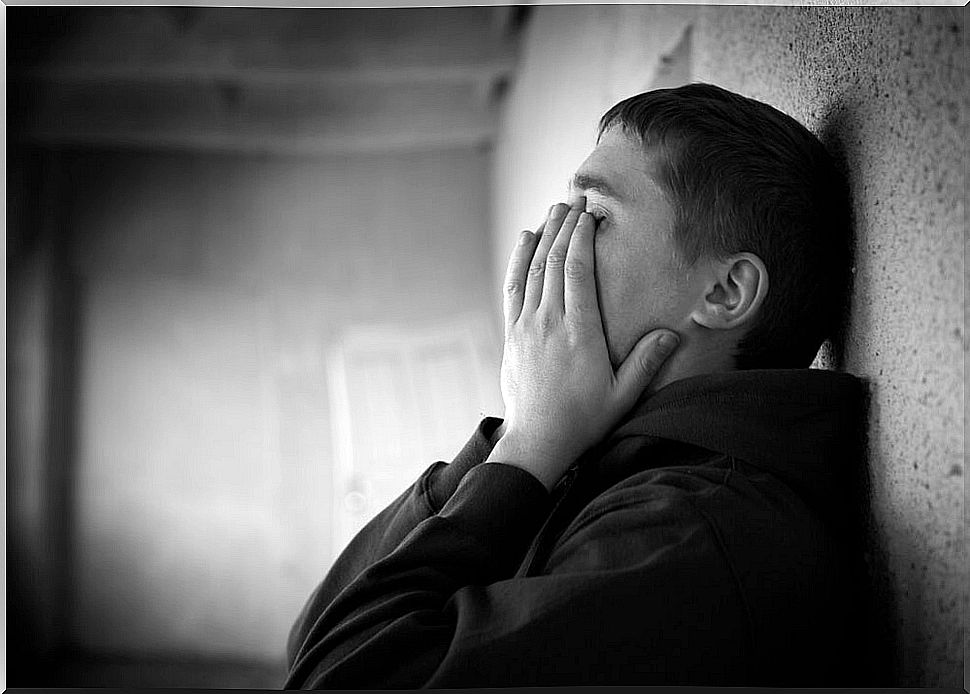
The fear of having a vaccine or a procedure performed may be the trigger but, in general, it ceases when that possibility is removed. As a child matures and develops, child crying in the office typically tends to stop.
In summary…
- Allocate enough time for a medical consultation, and even more when it corresponds to the stage of adolescence.
- Don’t overwhelm with questions at the time of crying. Sometimes listening and even offering a handkerchief can be important.
- Use a close adult in case the adolescent has attended the consultation alone.
- Always assess the level of emotional commitment that crying suggests.
To take into account, visit: “The bitterness of unshed tears”.

